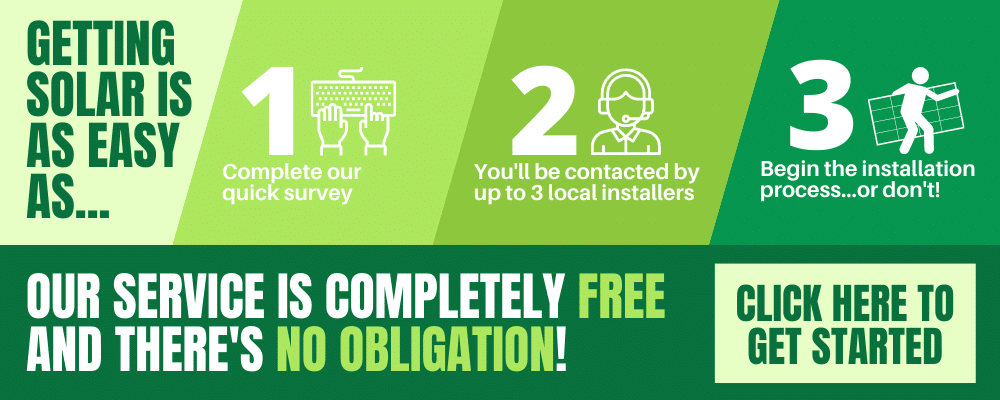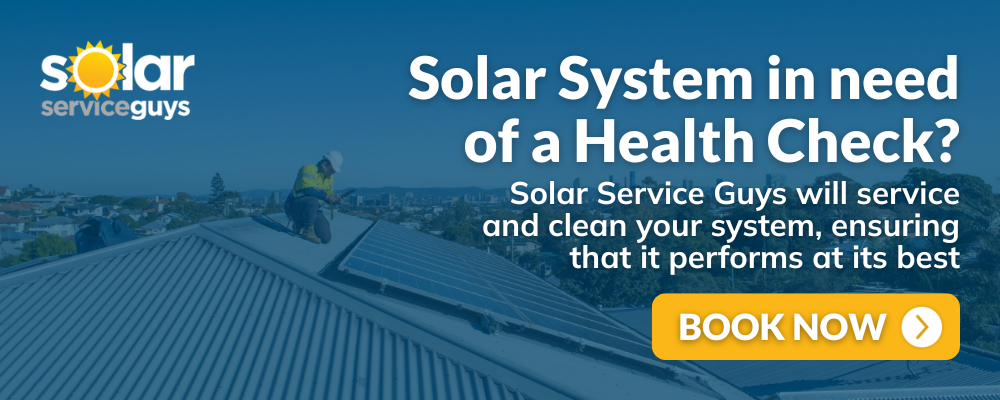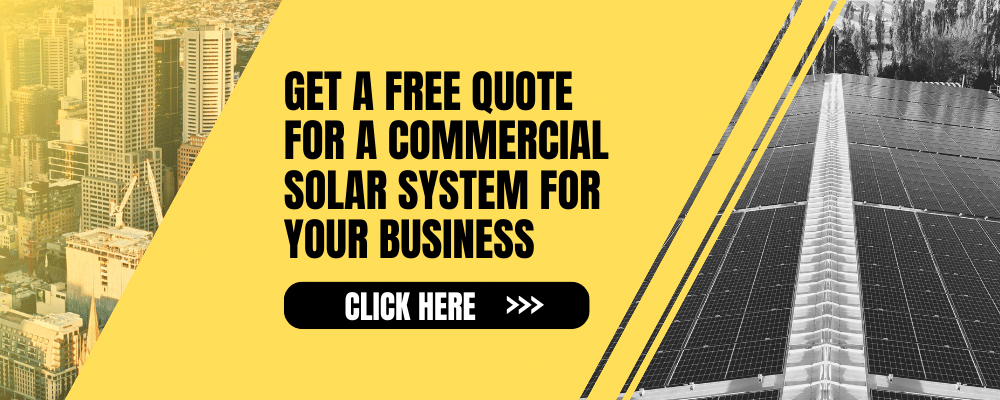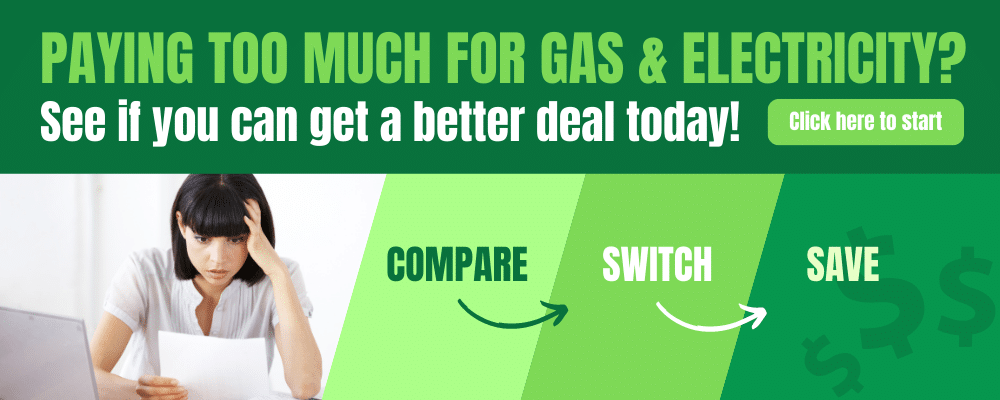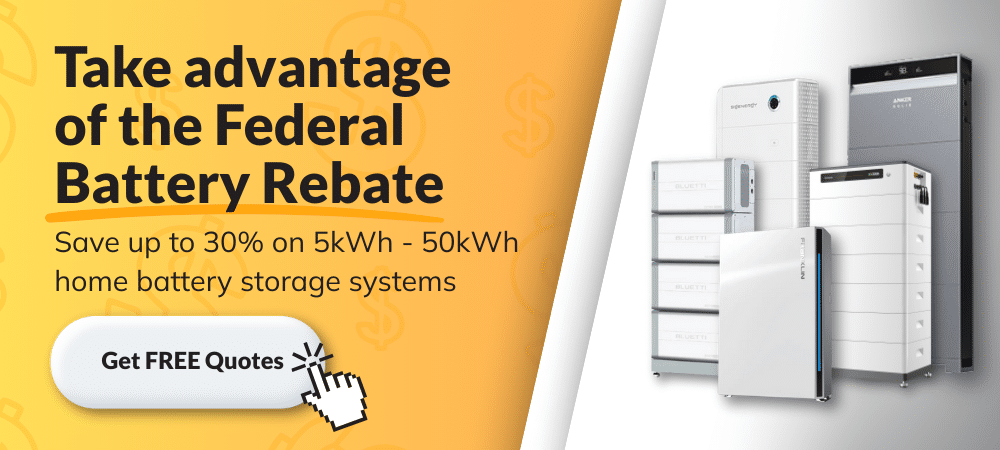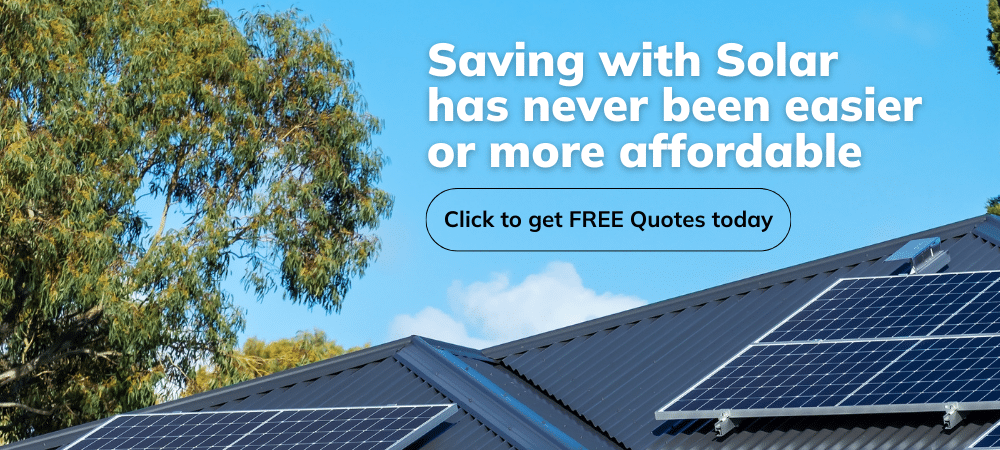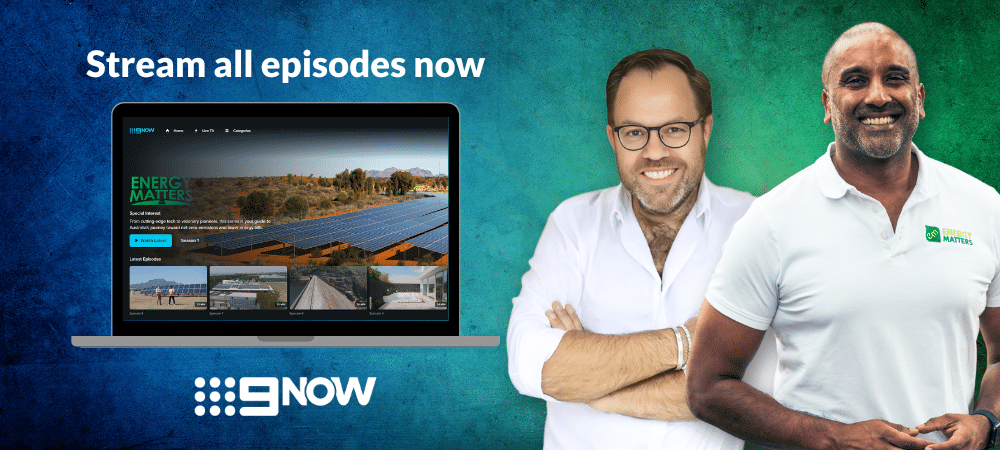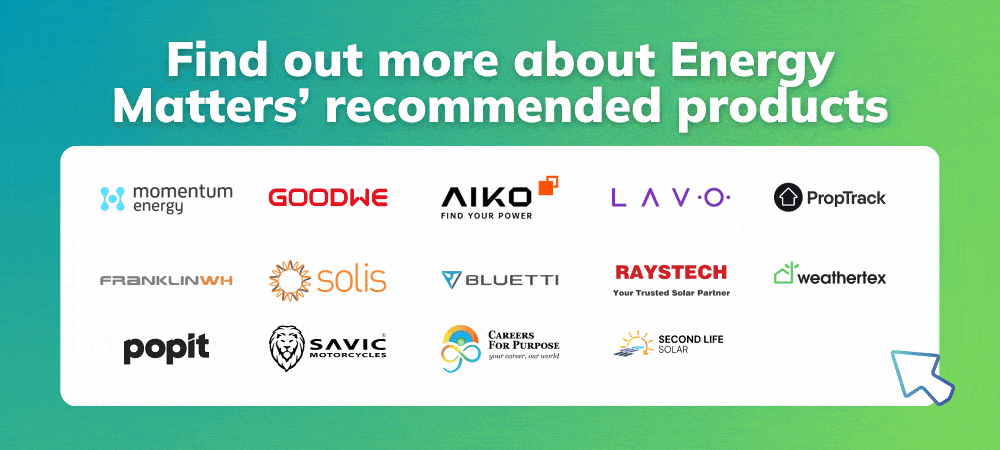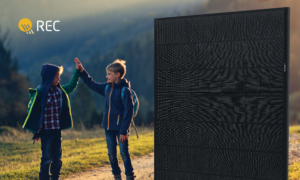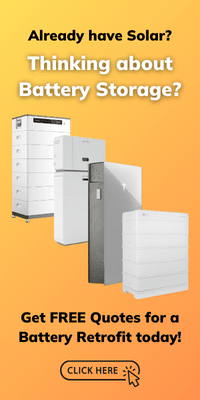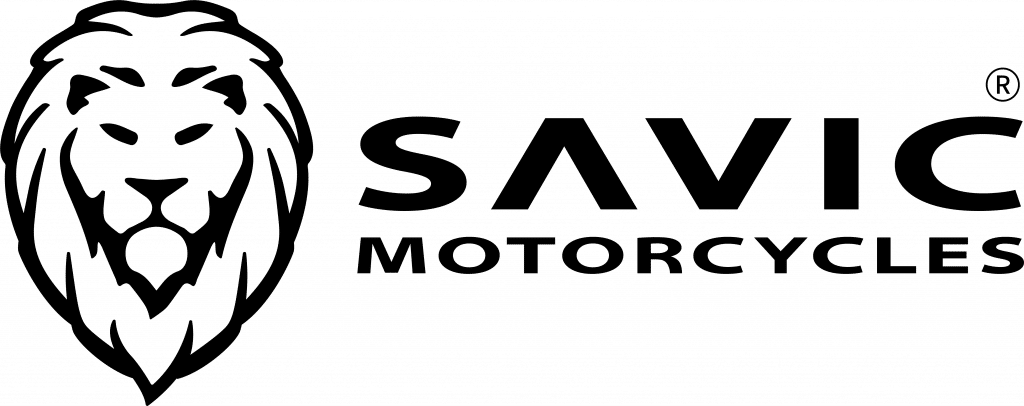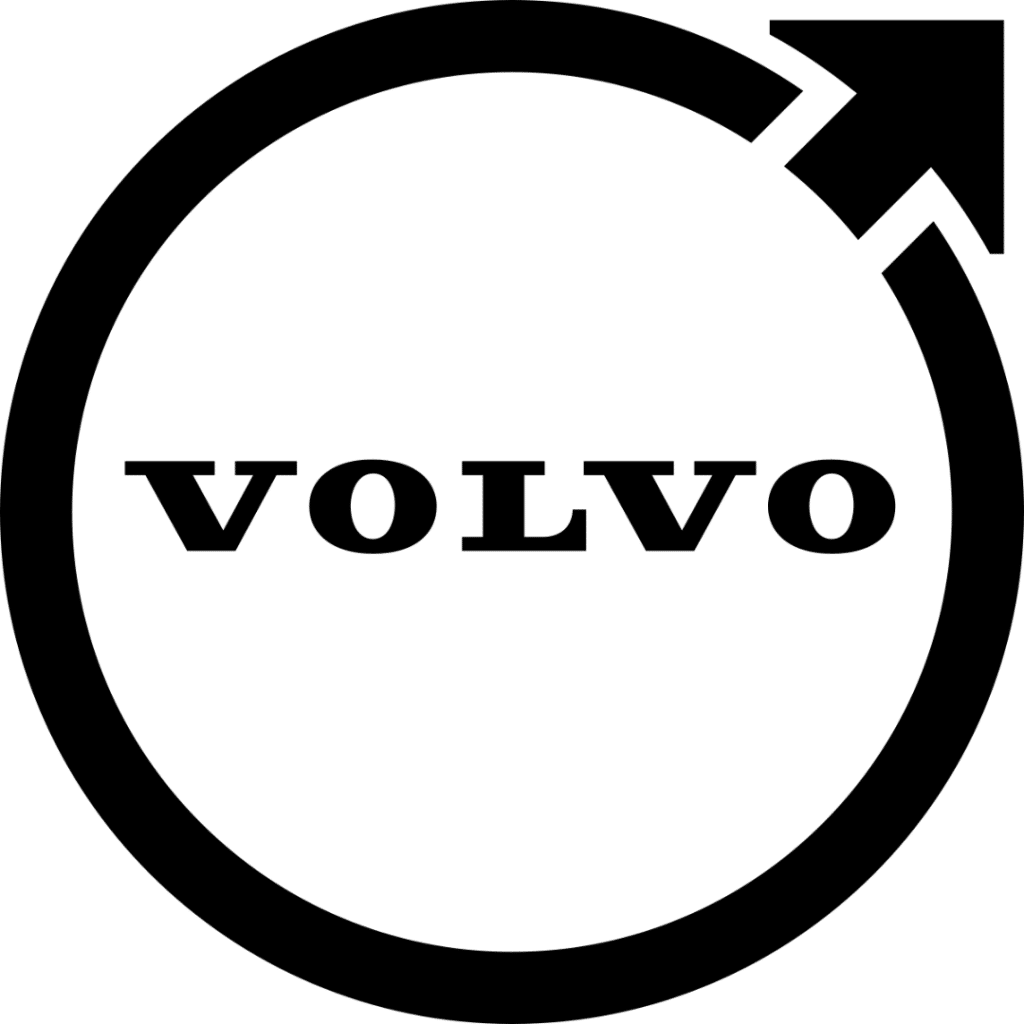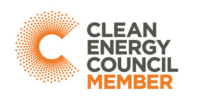Would you pay for your solar panels like you pay for Netflix? That’s the question Bunnings has just put on the table.
The hardware giant has launched Zelora, a subscription service that gives households a complete solar and battery system with no upfront cost. Instead of paying tens of thousands for panels, inverters, and batteries, you pay a monthly fee, starting at around $112, for ten years. Installation, monitoring, maintenance, and repairs are all included.
At the end of the term, you can choose to own the system or renew the subscription.
On paper, it’s an appealing shortcut to resilience and lower energy bills. But is it a game-changer or a long-term trap?
Why subscription solar looks like a lifeline
For many households, cost is the biggest barrier to renewable energy. Even with federal and state rebates, a decent solar-plus-battery system can set you back $12,000-$20,000. That’s before you even think about maintenance.
The Zelora model removes that barrier. There’s no big deposit. You start saving on your energy bills immediately while also having backup power during blackouts, something that’s becoming more valuable as storms, bushfires, and heatwaves put pressure on the grid.
It’s also hands-off. Maintenance, warranties, and monitoring are managed for you. If you like the idea of clean energy but don’t want to worry about managing the system, a subscription takes that stress away.
This makes the model particularly effective for:
- Renters or first-time home buyers who can’t commit to a big upfront investment
- Families in blackout-prone areas who need backup power sooner rather than later
- People who want simplicity – install it and forget it
The other side of the deal
The catch is, you don’t own the system until you finish paying for it.
Over ten years, the total subscription will almost always exceed the cost of buying outright, sometimes by thousands of dollars. That’s the price you pay for avoiding an upfront expense.
There are also practical questions:
- What happens if you move before the subscription ends?
- Do you keep paying for a system on a house that you no longer live in?
- Will future upgrades (like adding EV chargers) be as flexible as with an owned system?
And while the service is designed to cover maintenance, it also means you have little control over the equipment itself. If you prefer to choose your own panels, inverter brand, or installer, this model won’t be for you.
Is Bunnings really first?
This isn’t the first time Australia has seen a solar-as-a-service model. Plico Energy, a Western Australian initiative, has been offering solar and battery packages on a subscription basis since 2021. Plico’s focus has been on regional communities, bundling solar and battery systems into a fixed weekly fee with community-based virtual power plants.
The difference here is scale and accessibility. Bunnings is bringing a similar concept into the mainstream. By using its national retail network and a well-known household brand, Zelora has the potential to make this model visible to a much wider audience, people who might never have considered it before.
Could subscription be a stepping stone?
For some households, subscription models could be the gateway to owning solar.
The idea is simple: instead of waiting years to save up for a full system, you start with a subscription, enjoy the bill savings and blackout protection, and then buy the system outright when the term ends.
The risk? By the time you finish paying, technology may have advanced. If you’re locked into a ten-year plan, you might not be able to take advantage of the latest innovations until your contract ends.
Trap or lifeline? It depends on you
So, is a subscription solar a trap or a lifeline? The answer depends on your circumstances.
- If you can afford to buy outright, ownership almost always wins in the long term. You pay once, control the equipment, and benefit from lower energy bills for decades.
- If you can’t, or if you need resilience right now, a subscription could be a lifeline. It gets renewable energy into your home quickly, spreads out the cost, and makes the technology accessible to more Aussies.
The bigger picture
Zelora, and models like it, point to a bigger shift in how Aussies think about energy. We may be heading towards “energy as a service,” where resilience and savings are bundled into a monthly bill.
For some, that’s liberating. For others, it’s another long-term financial commitment to weigh up.
Subscription solar is not a silver bullet. It’s a tool, and like any tool, it’s only powerful in the right hands. Before you sign on, run the numbers, consider how long you’ll stay in your home, and decide what matters most: owning your power, or accessing it faster.
If you’re weighing up subscription solar against owning your own system, it pays to see what both options look like for your home.
Energy Matters has been helping Australians make those decisions since 2005, guiding more than 40,000 households on their way to energy independence.
Complete our quick Solar Quote Quiz to receive up to 3 FREE solar quotes from trusted local installers – it’ll only take you a few minutes and is completely obligation-free.








